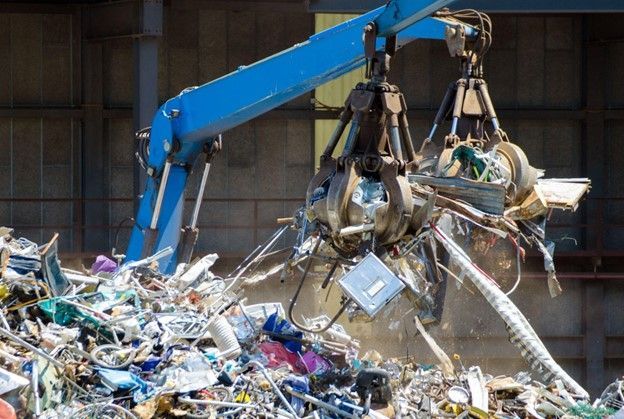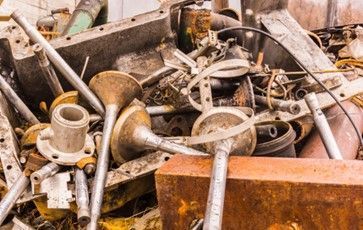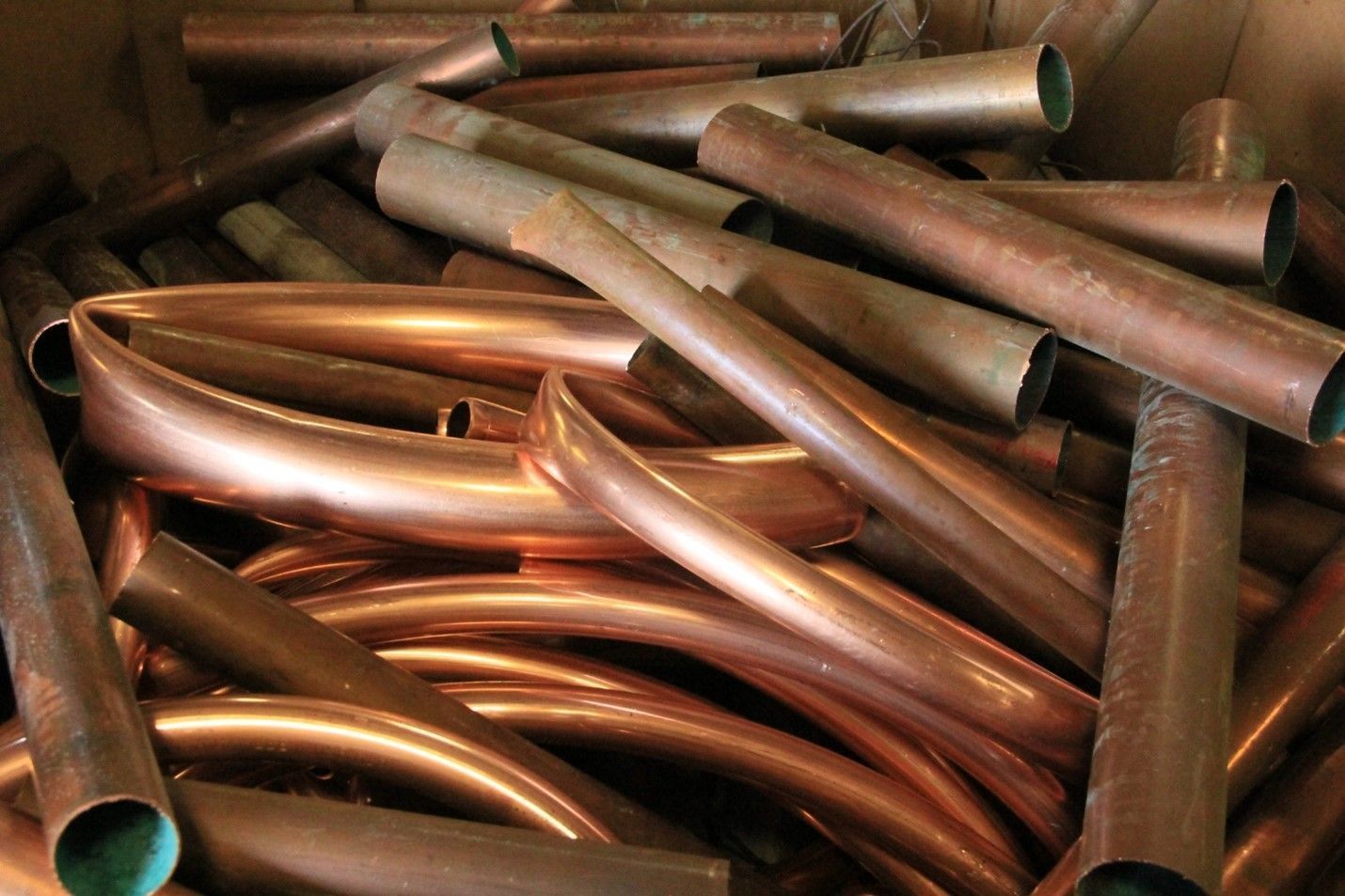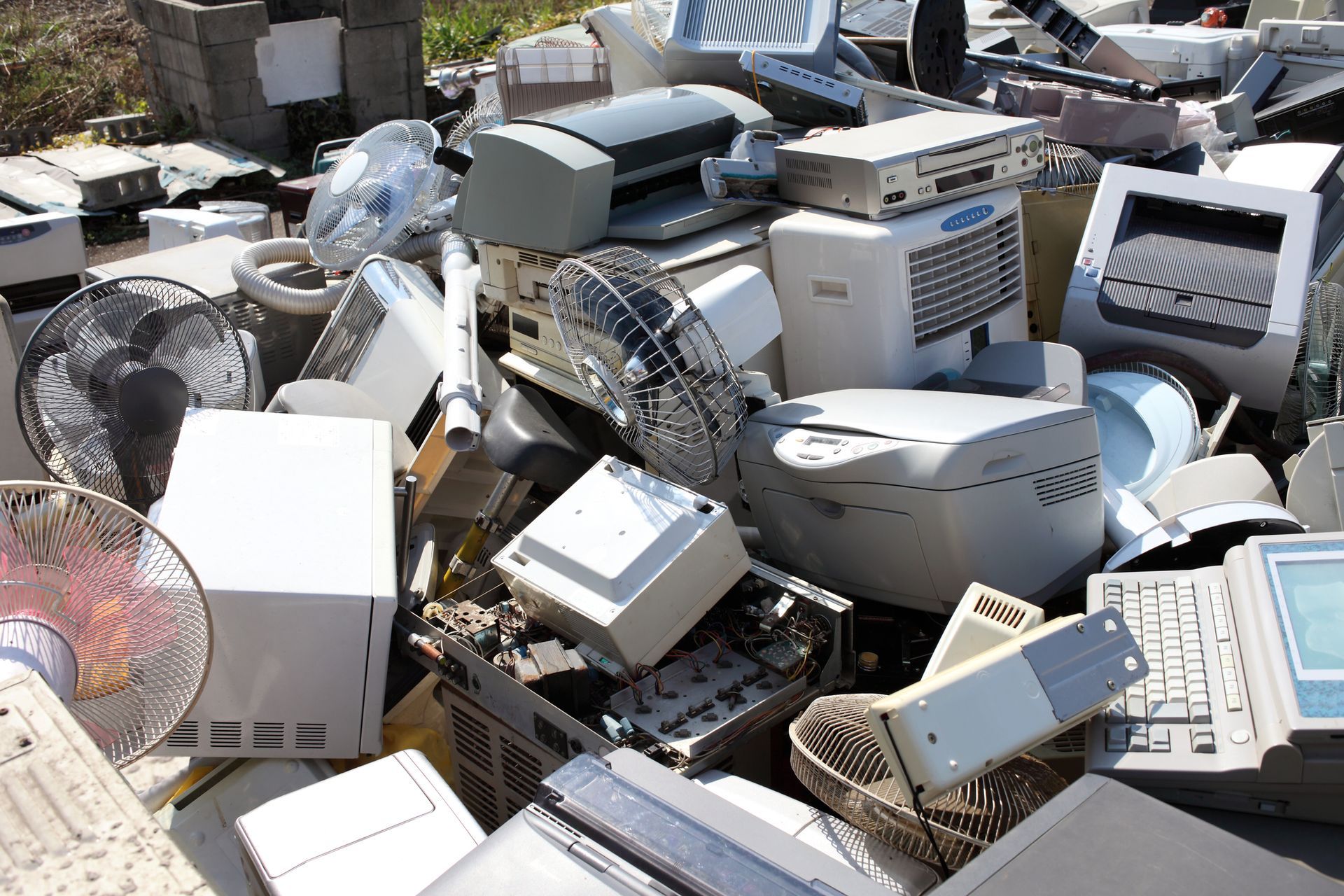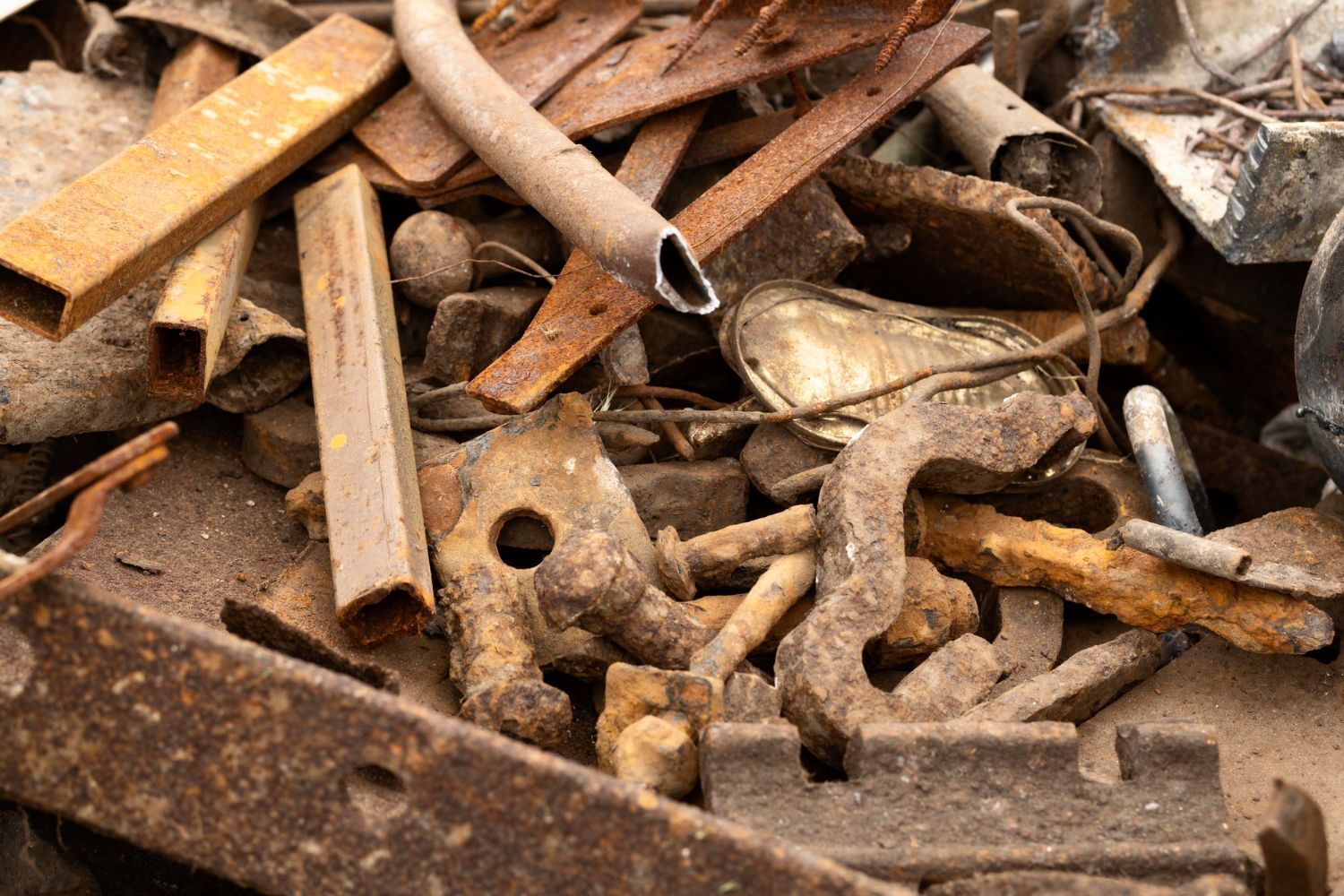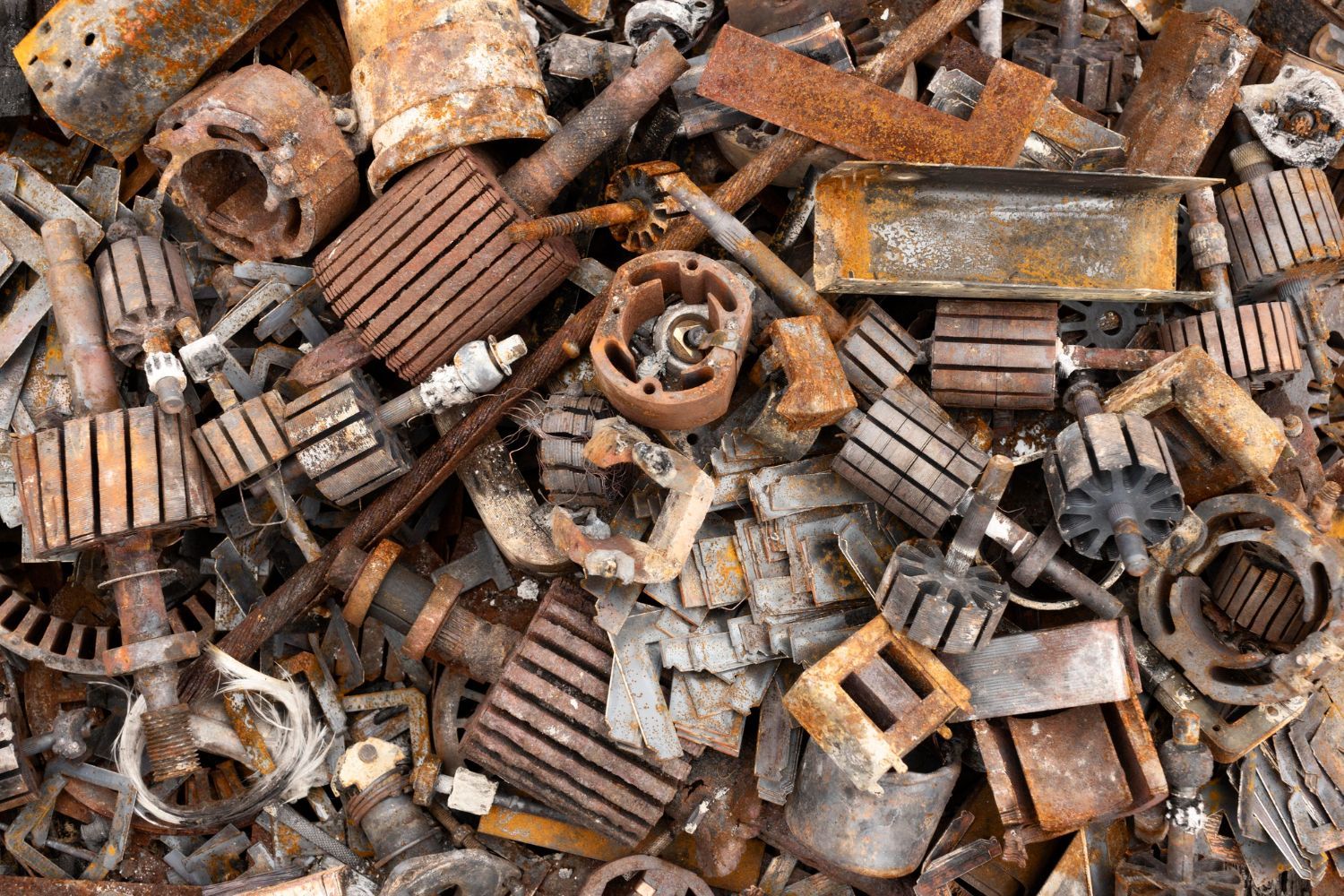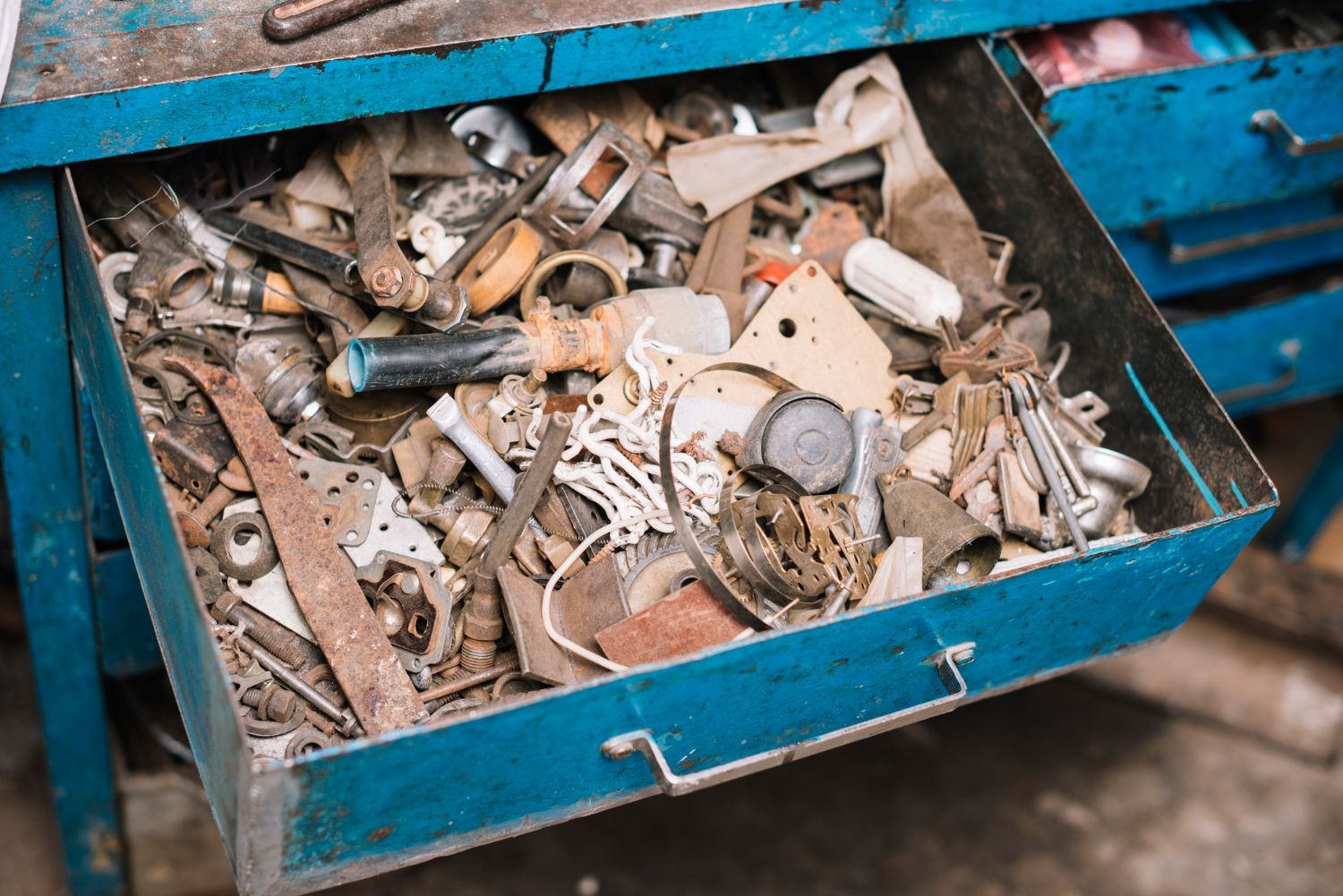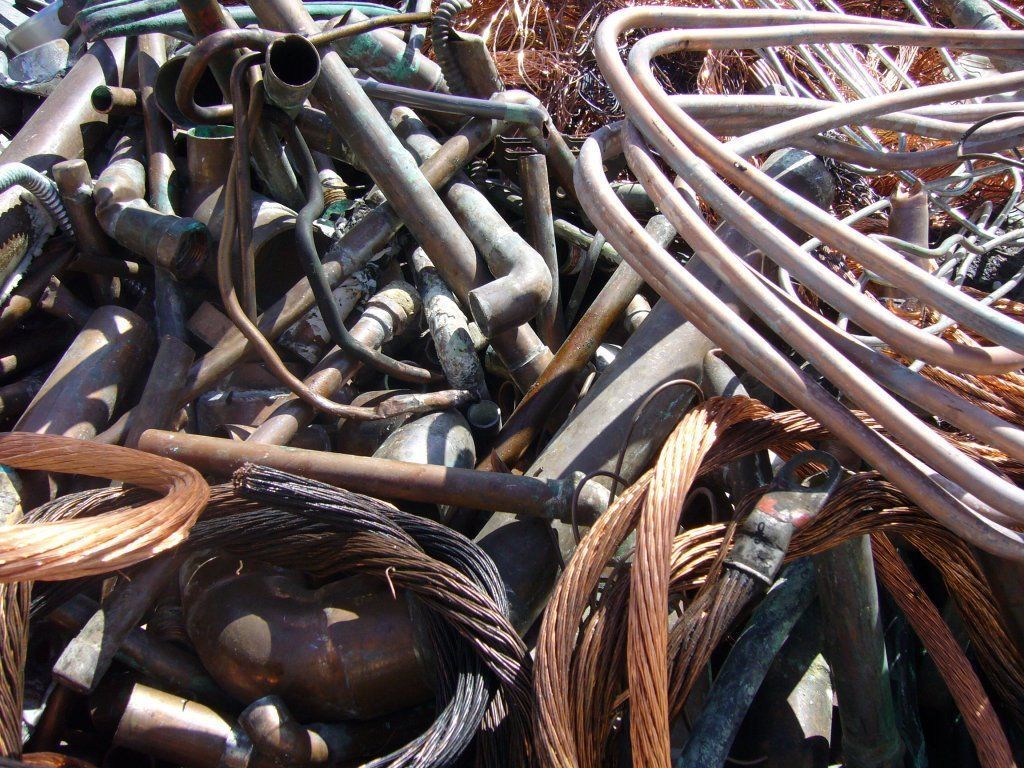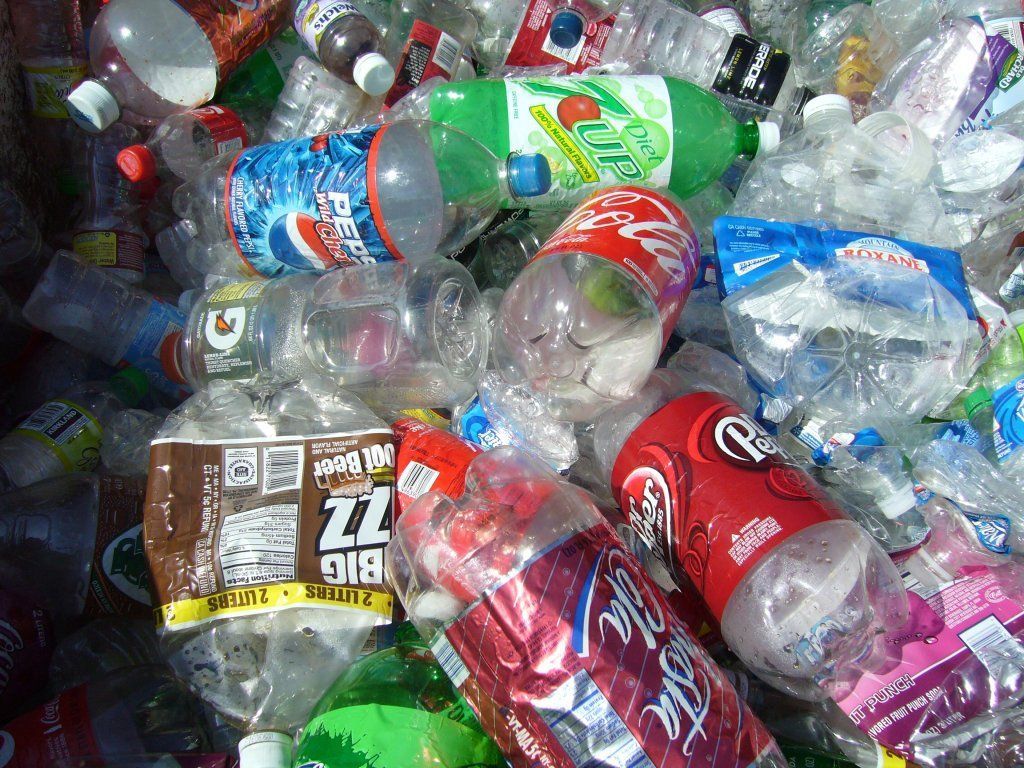3 Tips for Recycling Your CRV-Eligible Beverage Containers
Ever since the first supermarket opened in 1916, many foods and beverages have been sold in containers. The most common materials for beverage containers today include plastic, glass, and aluminum. Each of these materials can be recycled. Tossing your beverage containers into the trash means they will end up in overcrowded landfills.
Making the choice to recycle can help minimize environmental damage and keep the cost of manufacturing new containers using recycled materials low. Consumers living in the state of California should make a concerted effort to recycle their beverage containers.
State law requires that consumers in California pay a fee at the checkout counter for every beverage container that could be recycled. This fee is then paid back to the consumer when they bring in their empty containers to a recycling center. This program is known as the California Refund Value (CRV) program.
Learn three tips that you can use to improve your recycling efforts for CRV-eligible beverage containers.
1. Separate Your Recyclables
Not all materials that can be recycled qualify for the CRV program. Beverage containers that can be recycled for cash under the CRV program will be clearly labeled. You will see the phrase CA Redemption Value or CA CRV written clearly on the container.
Most manufacturers include these phrases on the bottom of the container so that it won't detract from the design of the label. Keep your CRV recyclables separate from your general recyclables to ensure you get your refund for every beverage container you have purchased.
You will also want to further separate your CRV recyclables based on material to facilitate the recycling process.
2. Redeem Small Loads
You might think it would be more beneficial to wait until you have amassed a large load of recyclable CRV-eligible beverage containers before taking them to a recycling center, but this isn't necessarily the case.
State law determines the per-container value for all CRV-eligible materials. Recycling centers are required to pay you that amount when you turn in your used beverage containers. If a recycling center had to count each and every item in a large recycling load, too much time could be wasted.
The state recognizes the need for business efficiency, so they allow recycling centers to pay consumers a flat rate for each pound of CRV eligible beverage containers in large loads. Getting paid by the pound could result in you receiving less money in refunds than you paid in fees at the time of purchase.
As a consumer, you have the right to request that you are paid by the container when recycling 50 or fewer items. Visiting your recycling center more often could help you maximize the refund value of your CRV eligible beverage containers.
3. Comply With the Recycling Center
Take the time to contact your local recycling center before you start collecting CRV-eligible containers. Every recycling center has unique requirements that consumers must meet in order to maximize their profit.
Some recycling centers want all aluminum cans to be crushed prior to recycling, while others are willing to crush cans themselves. Some recycling centers will accept plastic bottles without the lid attached, and other centers will reject any load that contains loose lids.
When you understand the rules and regulations in place at your local recycling center, you can streamline the process of recycling CRV-eligible beverage containers in order to access your refund.
Contact Bruce Metal & Salvage to learn more about recycling CRV-eligible beverage containers. We will be happy to go over any questions or concerns you have. We want to help you with all of your recycling needs.
